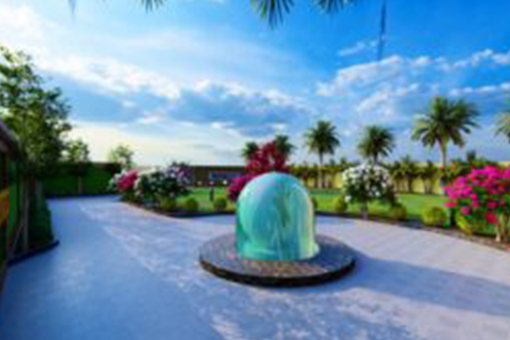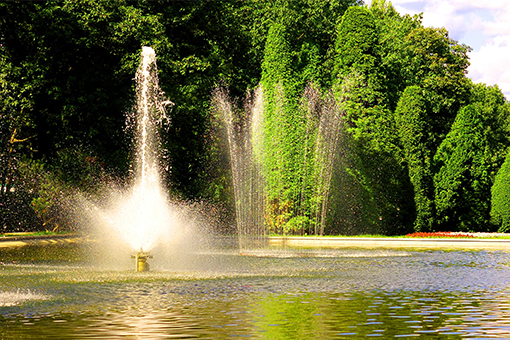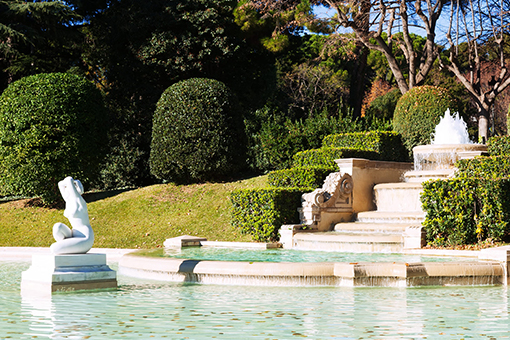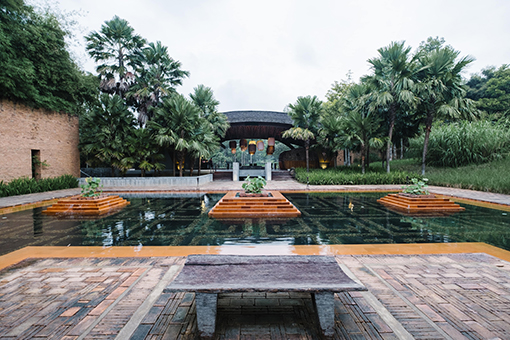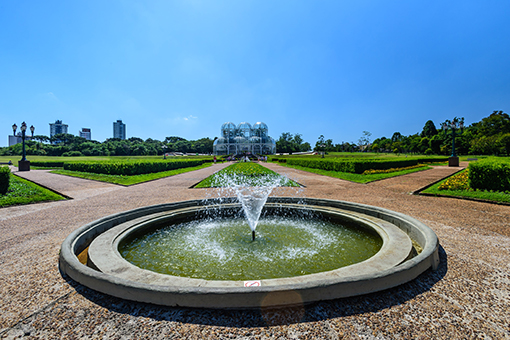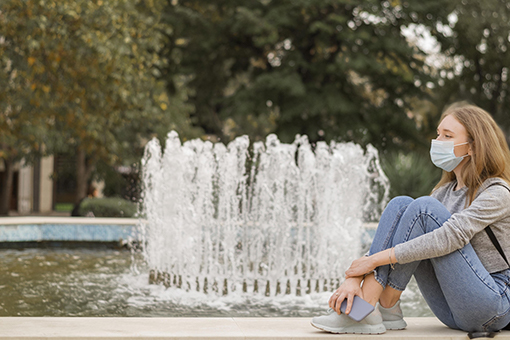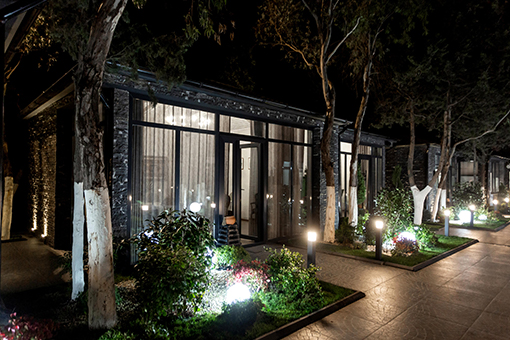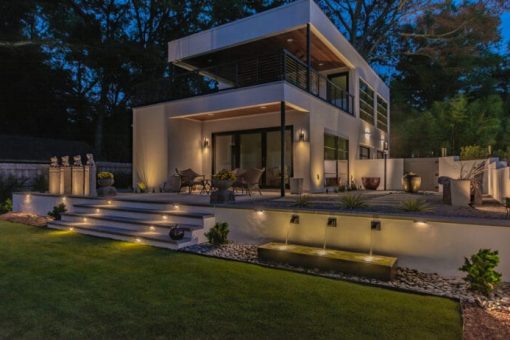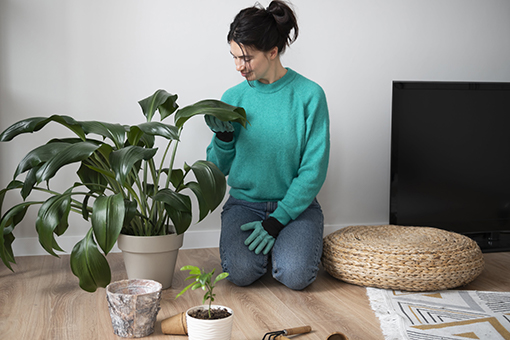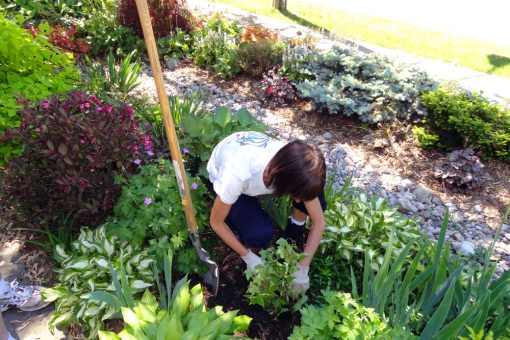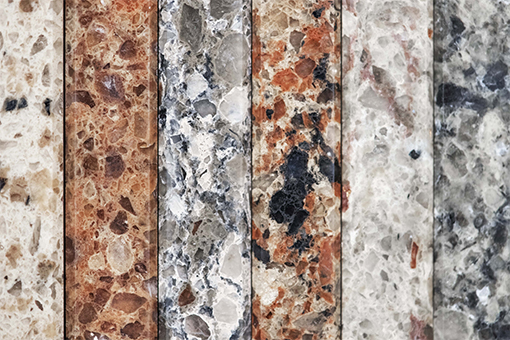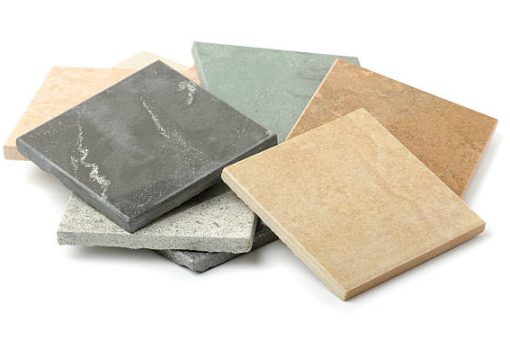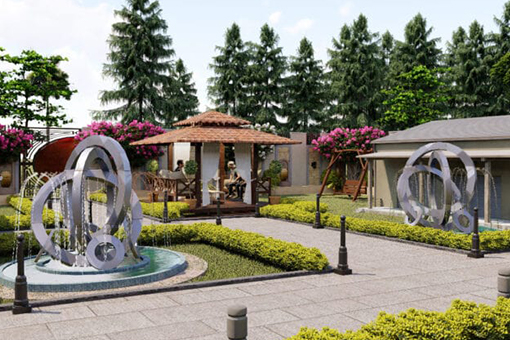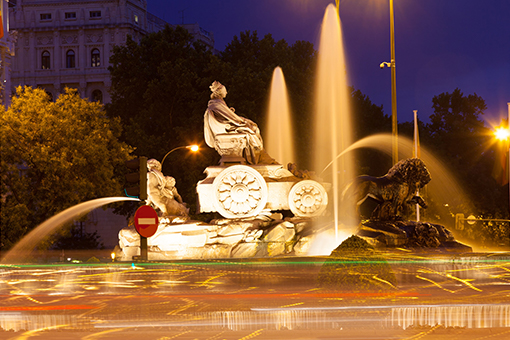Landscaping
Landscaping
Nature's canvas, sculpted with care – where dreams take root and beauty breathes.
We are dedicated and motivated to provide you the best solutions when it comes to:
- Swimming Pools
- Jacuzzi & Spool
- Fountains
- Decorative water pieces
- Elegant underwater lighting
- Landscaping solutions
We ensure this through our 10 years experience, best quality products, customizable solutions , 24 x 7 helpline and efficient after sales service.
We specialize in the design and construction of world class Swimming pools, Jacuzzi , Fountains and spas across India. We also bring to you accessories and equipment ranging from filtration plants, lights, heating systems and more from world renowned brands. Finally, you can leave the maintenance of your pool to our team of talented technicians and pool experts who will keep it as good as new.
Spaces are living things, changing and adapting to the seasons, activity and especially the people within them. At RES, we design landscapes that are both practical and adaptive, centrepieces and backdrops.
Landscape architecture has the power to transform communities, cities, and nations. Whether shaping the outdoors to promote an active and healthy lifestyle, extending nearby building architecture to create a cohesive unified theme, or designing a public space that serves as a focal
point for a community or nation; RES put people first. Each design process begins with in-depth studies of the environmental, ecological and social conditions to understand the setting and climate. This ensures that our designs are not just
creative, but highly functional and sustainable for the long term
LANDSCAPE DESIGN
Landscape design is a creative and artistic process that involves planning and beautifying outdoor spaces to create harmonious and functional environments. Whether for residential, commercial, or public spaces, landscape design plays a pivotal role in transforming outdoor areas into inviting and aesthetically pleasing landscapes.
The landscape design process begins with a careful analysis and understanding of the site’s natural characteristics, including topography, soil quality, and existing vegetation. This assessment helps designers work with the natural elements and features of the site, blending the design seamlessly into its surroundings.
One of the fundamental aspects of landscape design is the selection and arrangement of plants and vegetation. The choice of plants, such as trees, shrubs, flowers, and grasses, can significantly impact the overall appearance and function of the landscape. Designers consider factors such as color, texture, size, and seasonal changes to create a visually appealing and diverse plant palette.
To accommodate the needs and preferences of residents, visitors, or users of the space, landscape designers integrate outdoor living spaces, seating areas, and play zones into the layout. Thoughtful consideration of traffic flow and spatial organization ensures that the landscape is not only visually appealing but also practical and user-friendly.
Sustainability and environmental considerations are vital components of modern landscape design. Incorporating eco-friendly practices, such as water-efficient irrigation systems, native plantings, and rainwater harvesting, promotes environmental conservation and reduces the ecological footprint of the landscape.
In commercial and public landscapes, landscape design can be used to enhance branding and identity. By incorporating specific colors, logos, and themes, businesses and organizations can create a distinct and memorable outdoor space that reflects their values and vision.
Additionally, landscape design plays a vital role in improving the overall well-being of people. Access to green spaces, gardens, and natural environments has been linked to various health benefits, including stress reduction, improved mood, and increased physical activity.
In conclusion, landscape design is a multi-faceted and creative process that transforms outdoor spaces into visually stunning and functional landscapes. Through a thoughtful combination of plants and functional elements, landscape designers create environments that blend with nature, improve user experiences, and promote sustainability. From residential gardens to commercial spaces and public parks, landscape design contributes to the aesthetic beauty, functionality, and well-being of the people who inhabit and enjoy these outdoor spaces.
HARDSCAPE DESIGN
Hardscape design is a fundamental aspect of landscape architecture that focuses on non-living elements to enhance outdoor spaces. It involves the thoughtful planning and implementation of hard materials like stone, concrete, wood, and metal to create functional and visually appealing features within the landscape.
One of the primary objectives of hardscape design is to achieve a harmonious integration between the built environment and the natural surroundings. Landscape designers carefully select hardscape materials based on their durability, aesthetics, and compatibility with the existing terrain, ensuring that the design blends seamlessly with the environment.
Hardscape elements play a significant role in defining outdoor living spaces. Patios, decks, and outdoor kitchens provide areas for relaxation, dining, and socializing, extending the functional capacity of the landscape and encouraging people to spend more time outdoors.
Pathways and walkways are essential hardscape features that guide visitors through the garden and define circulation patterns. Well-designed pathways can lead to focal points or hidden garden nooks, inviting exploration and discovery within the landscape.
Retaining walls and terracing are common hardscape elements used to level uneven terrain and create visually striking garden designs. These features serve both functional and aesthetic purposes, providing stability and adding depth and dimension to the landscape.
Water features, such as fountains, ponds, and waterfalls, are captivating hardscape elements that add a sense of tranquility and beauty to outdoor spaces. The soothing sound of flowing water creates a calming atmosphere, making water features popular choices for relaxation spaces and meditation areas.
Proper drainage and irrigation systems are also integral to hardscape design. Thoughtful consideration is given to managing water flow to prevent waterlogging and erosion and to ensure the health and sustainability of the landscape.
Hardscape design is a vital component of creating inviting and captivating outdoor environments. When skilfully integrated with softscape elements like plants and vegetation, hardscape features provide structure, function, and character to gardens, patios, and outdoor areas.
In conclusion, hardscape design is an essential aspect of landscape architecture that uses hard materials to enhance outdoor spaces. By skilfully blending non-living elements with the natural environment, hardscape design creates functional and visually appealing features within the landscape. From patios and pathways to water features and retaining walls, hardscape elements add depth, beauty, and functionality to outdoor living spaces, making them inviting havens for people to enjoy and appreciate nature’s splendor.
WATER FEATURE DESIGN
Water feature design is an artistic and captivating process that involves incorporating water elements into outdoor spaces to enhance their beauty and tranquility. Whether in residential gardens, public parks, or commercial landscapes, water features add a sense of serenity and visual appeal to the environment. From elegant fountains and reflective ponds to cascading waterfalls and meandering streams, water feature design offers a wide array of options to elevate the overall ambiance of the landscape.
The primary objective of water feature design is to create a harmonious blend between the water element and the surrounding environment. Landscape designers carefully consider the placement, size, and design of the water feature to ensure it complements and seamlessly integrates with the natural terrain and existing vegetation. The result is a cohesive and captivating outdoor space that blends the soothing elements of water with the surrounding landscape.
Water features are incredibly versatile and can be tailored to suit various design styles and themes. For modern landscapes, sleek and minimalist fountains with clean lines and geometric shapes provide a contemporary touch. On the other hand, more naturalistic designs may include meandering streams and waterfalls that mimic the beauty of a natural watercourse.
The sound of flowing water adds an auditory dimension to the landscape, contributing to a sense of tranquillity and relaxation. Gentle trickles, soft ripples, or the gentle sound of water falling create a serene atmosphere, making water features popular choices for meditation areas, relaxation spots, and outdoor gathering spaces.
Water features also serve as focal points within the landscape, drawing the eye and becoming natural gathering spots for both people and wildlife. Additionally, water features can be beautifully illuminated at night, creating a mesmerizing visual display and extending the enjoyment of the landscape after dark.
When considering water feature design, practical aspects such as water circulation, filtration, and maintenance are essential. Proper installation and water management ensure that the water feature remains clean, safe, and sustainable over time.
In conclusion, water feature design is an artistic and transformative process that enhances outdoor spaces with the captivating beauty and soothing sounds of water. Whether it’s a small garden fountain or a grand cascading waterfall, water features add a touch of magic and serenity to the landscape. By thoughtfully integrating water elements with the surrounding environment, landscape designers create outdoor spaces that inspire and delight, inviting people to connect with nature and find moments of peace and tranquillity amidst the beauty of flowing water.
Lighting and post contract Site supervision
Lighting and post-contract site supervision are two essential aspects of any construction project that contribute to its successful completion and overall quality. While lighting ensures safety, functionality, and aesthetics in the built environment, post-contract site supervision ensures that the project is executed according to the specified standards and requirements.
Effective lighting design plays a crucial role in enhancing the functionality and ambiance of indoor and outdoor spaces. Interior lighting illuminates rooms, corridors, and workspaces, providing sufficient brightness for various tasks while creating a pleasant and inviting atmosphere. Well-designed lighting can also highlight architectural features and interior décor, adding visual interest and enhancing the overall aesthetic appeal.
In outdoor spaces, lighting serves multiple purposes. Adequate outdoor lighting enhances safety and security by illuminating pathways, parking areas, and building entrances, reducing the risk of accidents and deterring potential intruders. Moreover, outdoor lighting can accentuate landscaping elements, such as trees and water features, creating a captivating nighttime environment.
Lighting design should also consider energy efficiency and sustainability. Incorporating LED lighting and smart control systems can significantly reduce energy consumption and operational costs while minimizing the environmental impact.
Post-contract site supervision is a critical phase that occurs after the construction contract is awarded and during the execution of the project. The site supervisor plays a key role in ensuring that the construction work adheres to the approved plans, specifications, and safety regulations. They oversee the construction progress, quality of workmanship, and adherence to the project schedule.
Site supervision involves conducting regular inspections, tracking construction milestones, and addressing any issues or deviations from the original plans promptly. The site supervisor collaborates with the construction team, including contractors, subcontractors, and suppliers, to resolve any challenges that may arise during the construction process.
Moreover, post-contract site supervision ensures that any modifications or changes requested during construction are documented and approved to maintain project integrity and avoid potential disputes. The site supervisor also monitors compliance with safety regulations and ensures that all necessary permits and approvals are obtained.
Effective lighting design and post-contract site supervision are essential components of any construction project. Lighting enhances the functionality, safety, and aesthetic appeal of indoor and outdoor spaces, while site supervision ensures the project is executed according to the specified standards and requirements. By incorporating well-designed lighting and diligent site supervision, construction projects can achieve success, meet client expectations, and deliver a high-quality built environment.
LANDSCAPE STRUCTURE DESIGN
Landscape structure design is a crucial aspect of landscape architecture that focuses on creating functional and aesthetically pleasing elements to enhance outdoor spaces. It involves the planning, arrangement, and implementation of various hardscape features and architectural elements to provide organization, definition, and character to the landscape.
One of the primary objectives of landscape structure design is to establish a strong framework that harmoniously blends with the natural environment. Landscape designers carefully consider the layout and arrangement of structures to ensure they complement the existing topography, vegetation, and overall design theme. The result is a cohesive and visually appealing landscape that seamlessly integrates human-made elements with nature.
Landscape structure design encompasses a wide range of features, including pathways, patios, pergolas, walls, fences, gazebos, and outdoor seating areas. Each element serves a specific purpose and contributes to the overall functionality and usability of the outdoor space.
Pathways and walkways provide circulation and guide visitors through the landscape, creating a sense of direction and flow. They can be made from various materials such as stone, concrete, or gravel, and their design can range from simple and straightforward to intricate and meandering, depending on the desired effect.
Patios and outdoor seating areas offer spaces for relaxation, socializing, and dining, extending the living area into the outdoors. These structures can be designed to match the style of the surrounding architecture, creating a seamless transition between indoor and outdoor spaces.
Landscape structures create interest, offer shaded areas for retreat from the sun, and infuse the outdoor space with charm and elegance. Adorned with climbing plants, they enhance the natural ambiance of the landscape.
Walls and fences serve practical and aesthetic purposes, defining boundaries, providing privacy, and offering support for vertical gardens or climbing plants. They can be constructed from various materials, such as stone, brick, wood, or metal, to suit the overall design theme.
In conclusion, landscape structure design is an essential component of landscape architecture that focuses on creating functional and visually appealing elements within outdoor spaces. From pathways and patios to pergolas and walls, landscape designers carefully plan and implement these structures to provide organization, definition, and character to the landscape. By seamlessly integrating human-made elements with the natural environment, landscape structure design enhances the overall functionality and aesthetic appeal of outdoor spaces, creating inviting and captivating environments for people to enjoy and appreciate the beauty of the landscape.
PLANT SELECTION
Plant selection is a crucial process in landscaping that involves carefully choosing the right plants to create an aesthetically pleasing, functional, and sustainable outdoor environment. Whether designing a residential garden, public park, or commercial landscape, selecting the appropriate plants is essential for achieving the desired visual impact and ensuring the long-term health and vitality of the landscape.
One of the primary considerations in plant selection is the local climate and environmental conditions. Different plants have varying temperature and water requirements, and choosing species that are well-adapted to the region’s climate ensures they can thrive without excessive maintenance or irrigation. Native plants are often an excellent choice as they are naturally suited to the local conditions and support local ecosystems and wildlife.
The purpose and function of the landscape also play a significant role in plant selection. For instance, a garden intended for relaxation and aesthetics may incorporate a variety of colorful flowers and ornamental plants, while a play area may require sturdy and low-maintenance grasses and ground covers to withstand frequent foot traffic.
Plant size, shape, and growth habits are essential factors to consider for landscape design. Trees and shrubs can provide shade, privacy, and vertical interest, while ground covers and perennials can fill in gaps and create a cohesive and harmonious look.
Seasonal interest is another critical consideration in plant selection. By choosing a mix of plants that bloom or change foliage throughout the year, the landscape can maintain its appeal and beauty in all seasons, providing a dynamic and ever-changing display.
Furthermore, plant selection can contribute to environmental sustainability. Incorporating drought-tolerant plants and species that require minimal chemical inputs reduces water consumption and the use of fertilizers and pesticides, promoting a healthier and eco-friendly landscape.
Understanding the soil composition and drainage of the site is vital in plant selection. Some plants thrive in specific soil types, while others may require soil amendments or drainage solutions to ensure their successful growth.
Ultimately, plant selection is a thoughtful and balanced process that considers aesthetics, functionality, and environmental impact. By choosing the right mix of plants, landscape designers can create visually appealing and sustainable outdoor spaces that harmonize with their surroundings, enhance the well-being of inhabitants, and contribute positively to the natural ecosystem.
MATERIAL SELECTION
Material selection is a crucial aspect of landscaping that involves carefully choosing the right materials to create durable, functional, and visually appealing outdoor spaces. Whether designing a residential garden, public park, or commercial landscape, selecting the appropriate materials is essential for achieving the desired aesthetic, meeting functional requirements, and ensuring the longevity of the landscape design.
One of the primary considerations in material selection is the intended use and function of the outdoor space. Different areas may require different materials to accommodate various activities. For instance, pathways and walkways may benefit from materials like concrete or stone for durability and ease of maintenance, while seating areas may utilize materials like wood or composite decking for comfort and aesthetics.
Climate and environmental factors also play a significant role in material selection. Outdoor materials should be able to withstand the local climate, including extreme temperatures, rainfall, and UV exposure. Choosing weather-resistant and low-maintenance materials ensures that the landscape remains visually appealing and functional throughout the year.
Moreover, material selection should complement the overall design theme and style of the landscape. Coordinating colors, textures, and patterns can create a cohesive and harmonious look, enhancing the visual appeal of the outdoor space.
Sustainability is another essential consideration in material selection. Opting for eco-friendly and recycled materials can reduce the environmental impact of the landscape and promote responsible resource use.
Safety is paramount when selecting materials for landscaping. Non-slip surfaces for walkways and seating areas, especially near water features, are crucial to prevent accidents and ensure the well-being of users.
Understanding the maintenance requirements of the chosen materials is vital. Some materials may require regular cleaning, sealing, or refinishing to maintain their appearance and performance over time.
Cost-effectiveness is also a consideration, especially in larger landscaping projects. Selecting durable materials that require minimal upkeep can provide long-term cost savings.
In conclusion, material selection is a thoughtful and multifaceted process that considers functionality, aesthetics, climate, sustainability, and budget. By choosing the right materials for pathways, seating areas, hardscape features, and other elements, landscape designers can create visually stunning and enduring outdoor spaces that meet the needs of users, withstand environmental challenges, and enhance the overall quality of the landscape design.
Artwork and sculpture selection
Artwork and sculpture selection is a significant aspect of landscaping that adds an element of creativity, intrigue, and cultural expression to outdoor spaces. Whether in public parks, corporate campuses, or residential gardens, incorporating art into the landscape enriches the environment and creates memorable experiences for visitors.
The selection of artwork and sculptures should complement the overall design theme and purpose of the landscape. Different styles of art, from modern abstract sculptures to classical figurative pieces, can evoke different emotions and set the tone for the outdoor space. Understanding the intended ambiance and message of the landscape helps in choosing the most appropriate and impactful artworks.
Scale and placement are crucial considerations in the selection of art for landscaping. Large-scale sculptures can act as focal points, drawing the eye and creating a sense of drama and grandeur. Placing artworks strategically within the landscape encourages exploration and discovery, engaging visitors on a visual and emotional level.
Material selection is also important in the durability and longevity of the artworks. Outdoor sculptures should be made from weather-resistant materials that can withstand the elements and require minimal maintenance. Materials such as bronze, stainless steel, stone, and concrete are popular choices for outdoor artworks due to their durability and ability to age gracefully over time.
Artworks in landscaping can serve both aesthetic and functional purposes. Some sculptures may double as seating or interactive elements, inviting visitors to engage and interact with the art. Water features combined with sculptures can create captivating and dynamic displays, enhancing the overall sensory experience of the landscape.
Moreover, artworks and sculptures in landscaping can reflect cultural heritage and tell stories. Commissioning local artists to create pieces that resonate with the community adds a unique and personal touch to the landscape, fostering a sense of pride and ownership among residents and visitors.
Artwork and sculpture selection in landscaping provides an opportunity for designers to infuse outdoor spaces with creativity, beauty, and cultural significance. By thoughtfully choosing pieces that align with the landscape’s purpose and design, captivating and enriching spaces are crafted, leaving a lasting impression on all who experience them. The right artwork can act as a focal point, evoking emotions and engaging visitors, while sculptures can add a sense of wonder and intrigue. Whether it’s a modern abstract piece or a classical figurative sculpture, integrating art into the landscape elevates the overall aesthetic and creates memorable and meaningful experiences for everyone who enjoys the space.

